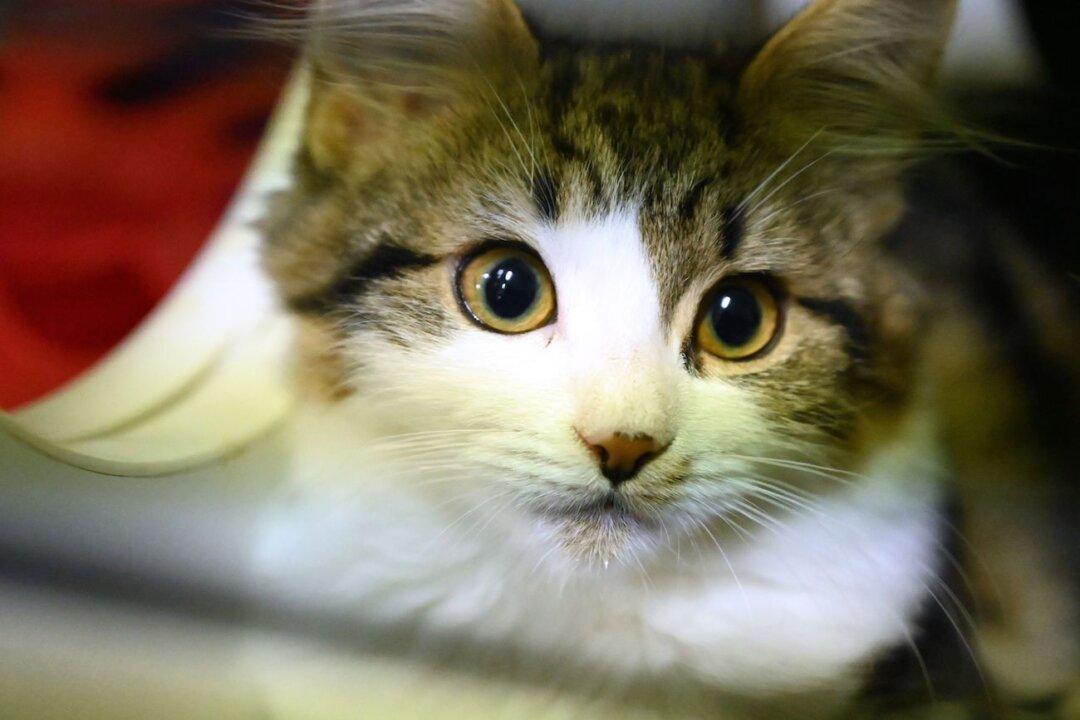A study published in the American Association for the Advancement of Science on April 8 found that cats can become infected with the CCP virus, which has so far killed thousands of people around the world since it emerged in Wuhan, China, late last year.
The study, conducted by the People’s Republic of China and published in the journal Science, was aimed at identifying whether or not the virus could be transmitted to other animal species and in what way it behaves in other animals, as well as finding out which animals are most vulnerable to the virus so that they can be used to test experimental vaccines to fight it.





